#Oldenburg royals
Explore tagged Tumblr posts
Text
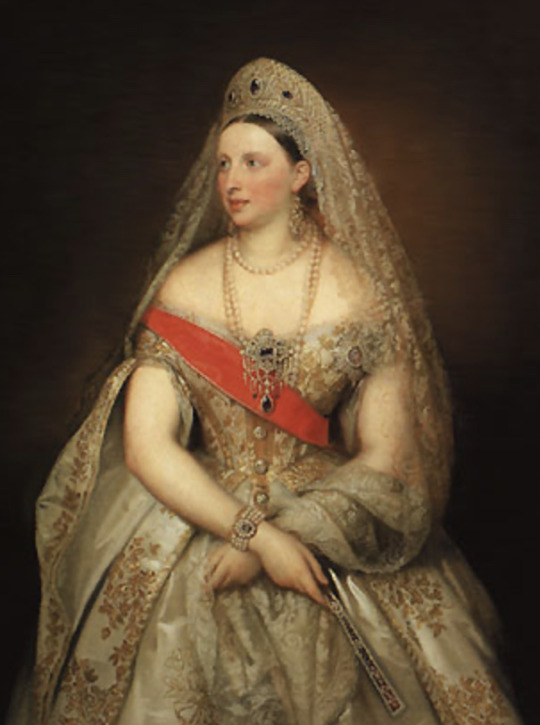
Duchess Alexandra Petrovna of Oldenburg, Carl Timoleon von Neff. n.d.
#aesthetic#art#art history#fashion#historical fashion#victorian#historical art#victorian aesthetic#women in art#women#Russia#russian court dress#Russian royals#Oldenburg royals#Russian royalty#Russian nobility#royals#royalty#royal aesthetic#kokoshnik#kokoshnik tiara#Romanovs#Romanov
35 notes
·
View notes
Text

TIARA ALERT: Duchess Katharina of Oldenburg wore a diamond loop tiara for her wedding to Count Clemens Moy de Sons at St. Ulrich’s Church in Rastede, Germany on 13 July 2024.
#Tiara Alert#Duchess Katharina of Oldenburg#Oldenburg#Germany#German Royalty#German Nobility#tiara#diamond#loop tiara#royal jewels#bridal tiara#royaltyedit
41 notes
·
View notes
Text

Frederick V, King of Denmark (1723-1766)
Artist: David Morier (Swiss-born British, 1705?-1770)
Date: c. 1745-1751
Medium: Oil on canvas
Collection: Royal Collection Trust, United Kingdom
Frederick V of Denmark
Frederick V (Danish and Norwegian: Frederik V; 31 March 1723 – 14 January 1766) was King of Denmark and Norway and Duke of Schleswig-Holstein from 6 August 1746 until his death in 1766. A member of the House of Oldenburg, he was the son of Christian VI of Denmark and Sophie Magdalene of Brandenburg-Kulmbach.
#painting#frederick v#king of denmark#danish royal family#danish history#equestrian#oil on canvas#fine art#artwork#oil painting#british art#landscape#horses#soldiers#costume#british culture#king of denmark and norway#house of oldenburg#david morier#british painter#european art#18th century painting#royal collection trust
16 notes
·
View notes
Text

Absolute Monarchy Assigned to Frederik III in 1660
Artist: Nicolai Abildgaard (Danish, 1743–1809)
Date: 1783
Medium: Oil on canvas
Collection: Statens Mueum for Kurnst, Copenhagen, Denmark
Description
The second-eldest son of Christian IV and Anne Catherine of Brandenburg, Frederick was only considered an heir to the throne after the death of his older brother Prince Christian in 1647. He instituted absolute monarchy in Denmark-Norway in 1660, confirmed by law in 1665 as the first in Western historiography.
#painting#historical scene#danish history#frederick iii of denmark#king of denmark and norway#interior#costume#table#hat#document#men#curtains#historical art#danish monarchy#house of oldenburg#danish royal family#oil painting#canvas#artwork#fine art#danish culture#danish art#nicolai abildgaard#danish painter#european art#18th century painting
11 notes
·
View notes
Text
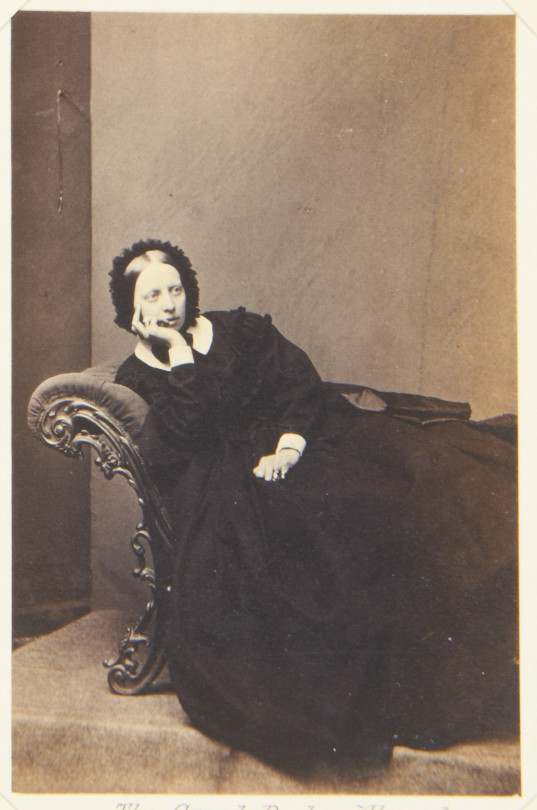
Photograph of Grand Duchess Alexandra, lying on a chaise-longue, facing towards the camera. She rests her head on her right hand and gazes to the right. She wears a dark coloured dress and dark coloured hair covering.
Source
#alexandra petrovna#the royal collection#Alexandra of Oldenburg#house of romanov#imperial russia#long live the queue
18 notes
·
View notes
Text

The Oldenborg Horn, a silver drinking horn crafted in 1465. It was presumably a gift to the cathedral in Cologne from Christian I during his visit to Rome in 1474-75. After the reformation it came back into the possesion of the royal danish house of Oldenburg, and in 1690 Christian V had it moved from Oldenburg to Copenhagen.
from The Rosenborg Castle Collection, Denmark
632 notes
·
View notes
Text


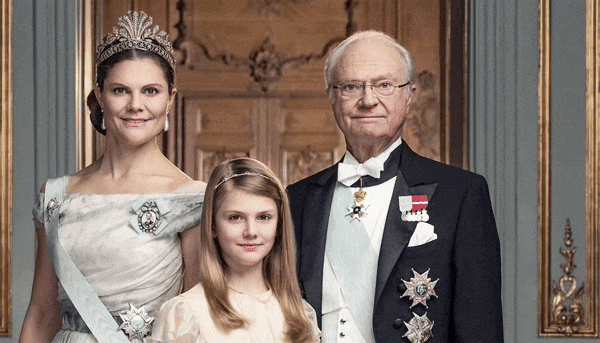


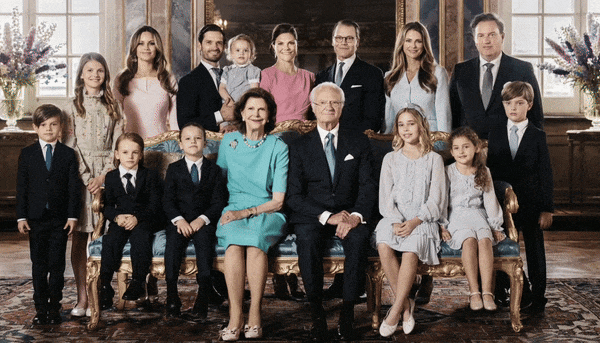


HOUSE OF BERNADOTTE (EST. 1818)
The House of Bernadotte is the royal family of Sweden, founded there in 1818 by King Charles XIV John of Sweden. It was also the royal family of Norway between 1818 and 1905. Its founder was born in Pau in southern France as Jean Bernadotte. Bernadotte, who had been made a General of Division and Minister of War for his service in the French Army during the French Revolution, and Marshal of the French Empire and Prince of Pontecorvo under Napoleon, was adopted by the elderly King Charles XIII of Sweden, who had no other heir and whose Holstein-Gottorp branch of the House of Oldenburg thus was soon to be extinct on the Swedish throne. The current king of Sweden, Carl XVI Gustaf, is a direct descendant of Charles XIV John.
#royalhouses#my edit#royaltyedit#my gifs#king carl xvi gustaf#queen silvia#crown princess victoria#prince daniel#princess estelle#prince oscar#prince carl philip#princess sofia#prince alexander#prince gabriel#prince julian#princess madeleine#chris o’neill#princess leonore#prince nicolas#princess adrienne#swedish royal family#house of bernadotte
61 notes
·
View notes
Text
To celebrate Newton's birthday, I visited the Royal Society library yesterday to see some of the actual letters he wrote to Edmond Halley and Henry Oldenburg. It was an incredibly exciting experience to touch and read the documents and artifacts that Newton left behind.








9 notes
·
View notes
Text
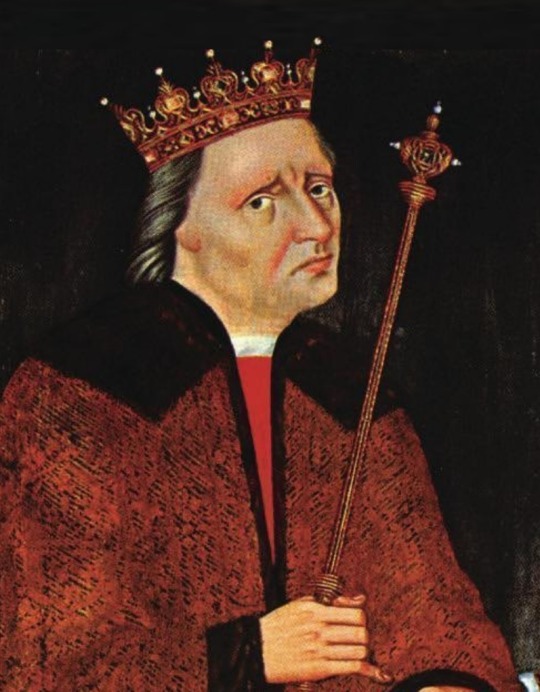

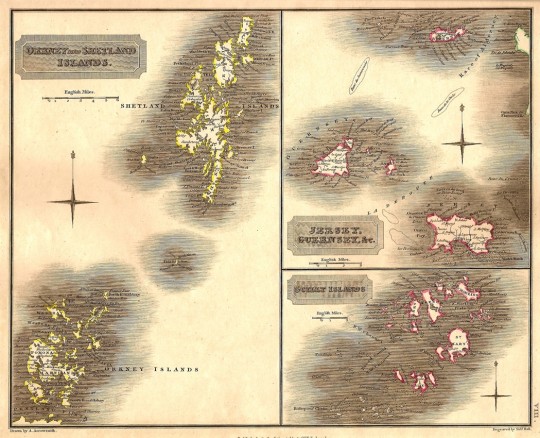
On 8th September 1468 King Christian I contracted the marriage of his only daughter Margaret Oldenburg, Princess of Denmark to James III.
The marriage ended up with The Northern Isles of Shetland and The Orkneys being ceded to Scotland.
After Norway was peaceably united with Denmark under King Christian I – his Oldenburg dynasty is still on the Danish throne – in 1450, he concentrated on building his empire in Scandinavia and seems to have had little time for his westernmost provinces of Orkney and Shetland. Christian also did not want any further warring with the Scots, and in 1468 a dynastic marriage was arranged between his 12-year-old daughter Margaret and James III – who had been on the throne since 1460 but who was still only 16 or 17. They married at The Palace of Holyrood House Abbey in 1469, a year after the signing of the Treaty of Copenhagen – sealing the friendship between Denmark/Norway and Scotland.
By that treaty, Margaret of Denmark’s dowry included the cancellation of debts allegedly owed by Scotland but most importantly King Christian offered 60,000 guilders or Rhenish Florins to James, with a mortgage secured on Orkney and Shetland. The first payment was due immediately after the marriage, but Christian was short of currency and the payment was not made. It seems he really did want shot of the islands ordered his subjects there to pay their taxes to the King of Scots until he could pay the redemption money. He never did pay up and effectively handed over the islands to Scotland.
James III also made it clear that he wanted the islands, and in 1470 he "persuaded" the Earl of Orkney, William Sinclair, to sign over his earldom to the king himself in return for some lands in Fife that included Ravenscraig Castle.
Now as Earl of Orkney – King Christian did not object – all that remained for James to do was to get the Scottish Parliament to formalise the annexation, and that finally happened in February 550 years ago.
The Shetland Museum and Archives website described what happened next:
“[James] promised that they shouldn’t be given away in time to come to anyone, except one of the king’s legitimate sons. His plan was that the islands should be governed by the Scottish crown, and administered on the king’s behalf by his own governors and tax-collectors – while leaving open the possibility that they might be gifted to a respectable nobleman sometime in the future. So in August the same year James appointed the bishop of Orkney, Andrew Pictoris, as his agent in Orkney and Shetland. King Christian didn’t complain.
“And something else happened, again in 1472, that was equally far-reaching. Six months after the annexation Pope Sixtus VI created an archbishopric in Scotland, based at St Andrews. He attached the bishopric of Orkney to it. At a stroke the ecclesiastical affairs of Orkney and Shetland had been taken over by the church in Scotland, just as their royal administration had been.”
Many nobles in Denmark and Norway were upset at King Christian for letting Orkney and Shetland go, and his successors King Hans and King Christian II were put under pressure to renounce the Treaty and take possession of the islands once again. They found excuses not to do so with Christian II being particularly hypocritical as he wrote to the islanders in 1514 that they were rightly under the crown of Norway despite being “pawned” to Scotland. It wasn’t until the 1660s that Denmark stopped claiming the islands.
For many decades Orkney and Shetland kept their own distinctly Norse polity, the islands have been part of Scotland since February 472, but the foundations for that were laid on this day in 1468.
The first pic is Christian, the couple are James III and Margaret.
7 notes
·
View notes
Text
Newton's Ultimate Hypocrisy
As I read through Rob Iliffe's Priest of Nature, I came upon something so shocking—and yet so casually mentioned by the author—that I'm honestly surprised that I've never seen it brought up in any other source until now. But as Iliffe cites H. W. Turnbull's Correspondence of Isaac Newton (vol. 1-2), this is by no means no information.
Not only am I left fathoming the true depth of the abyss of depravity when it came to destroying the reputations of his rivals, but how the hell did he ever get away with this?
It all began during the Principia arc when Hooke—recognizing his own ideas and the part they played in Newton's universal law of gravitation—urged Newton to credit him for the hints that he had provided in their private correspondence as well as from Micrographia two decades prior.
So Newton, in his infinite wisdom, wrote a letter to Halley claiming that not only had he already been aware of the inverse square law before Hooke began writing letters to him, but that Hooke was the one who had gotten the idea from him instead.
According to Newton, the evidence of his priority was in a letter he had written to Huygens (via Oldenburg) dated 23 June, 1673. The main topic of the letter was on light and color, but the subject of planetary motion was also brought up.
And so, Newton claimed, when Hooke succeeded Oldenburg as secretary of the Royal Society, he found this letter among the collection of papers, and lifted the idea from that. And then, despite being too mathematically illiterate to comprehend the theory, Hooke attempted to resell this idea to its original author, Newton himself.

Except there's one little problem with this story: The copy of Newton's letter to Oldenburg does not match the copy that Oldenburg had sent to Huygens when it was translated into French.
In fact, the entire opening paragraph that contains the text about gravitation was omitted from Oldenburg's translation:



Remarkable, indeed! Now, why would old Grubendol just happen to leave out not only an entire paragraph of Newton's writing, but information on a topic that had been the source of hot debate for centuries? 🤔
The answer, of course, is that he wouldn't. For all the problems that Oldenburg had caused Hooke as a "trafficker of information", that is precisely why I do not believe for a second that he would deprive Huygens of all people—who was no enemy of Newton besides— of any juicy tidbits.
Not to mention that the opening paragraph was obviously just shoehorned in there, like some kind of an afterthought.

Read that again.
Newton committed forgery.
A man who spent years locked away in his room, holding imaginary mock trials of long-dead religious figures with himself appointed as the jury, judge, and executioner...
A man who was hired by the Mint to hunt down counterfeiters and forgers and had them tortured and hanged...
A man who was so threatened by fellow philosophers whom he considered his intellectual inferiors that he resorted to lying and cheating instead of allowing his god-given genius and achievements to speak for themselves, like an emotionally secure and honest man would have.
I won't say that I'll never forgive him, but I have to say that the fury over this injustice and the disgust that he would abandon his own morals to stoop this low runs pretty damn deep.
2 notes
·
View notes
Text
Royal Update!
Hi so it has been awhile!
Sorry about that a lot has happend but I have been playing XD
I got to 1324 and a lot of drama has happend XD

(For the people who want a quick reminder of the family tree and people who don't want to look at it [which i don't blame you for I am lazy too])
First things first before we get to weddings! births!
In 1322

Lady Wlueth the Daughter of Countess Fina Bohun and her Husband Sir Jeronnim gave birth to twins! Lady Alejandra Bohun-Jett and Lady Cadence Bohun-Jett!

A year after the wedding of Lady Marryon Carmoody and Barat Carmoody-Newsome, their son The Honorable Yoria Carmoody-Newsome was born.
In 1323
The royal twins Prince Aldwulf and Prince Gideon got married to their betrothals











Introducing
Prince and Duke of Chachapoyas Aldwulf of Barclay with his wife the Duchess Nikoletta of Chachapoyas and Princess of Oldenburg of Denmark
Prince and Duke of Nazca Gideon of Barclay and and his wife The Duchess Francesca of Nazca and Princess Hawthron of Eprya
1324

Lady Saxleue and Sir Harry Issac had a small wedding requested by her parents the Count and Countess of Twantinsuyu....
Countess Fina Bohun sadly died by a fire....
Which Makes Princess Amabel of Barclay and Bohun offically now the Countess. Her Son Count Odo and his Sister Lady Wlueth grieve her loss.
Prince and Duke of Nazca Gideon of Barclay and and his wife The Duchess Francesca of Nazca and Princess Hawthron of Eprya. Had Princess Sayri Barclay on March 20th.
Prince and Duke of Chachapoyas Aldwulf of Barclay with his wife the Duchess Nikoletta of Chachapoyas and Princess of Oldenburg of Denmark. Had Prince Willka of Barclay on March 20th as well.
#historical sims#historical sims 4#nixroyalupdate#nixdecadestory#sims 4 historical#sims 4 medieval#sims 4 simblr#sims 4 gameplay#sims 4#ts4 decades challenge#ts4 medieval#sims 4 decades challenge
3 notes
·
View notes
Text
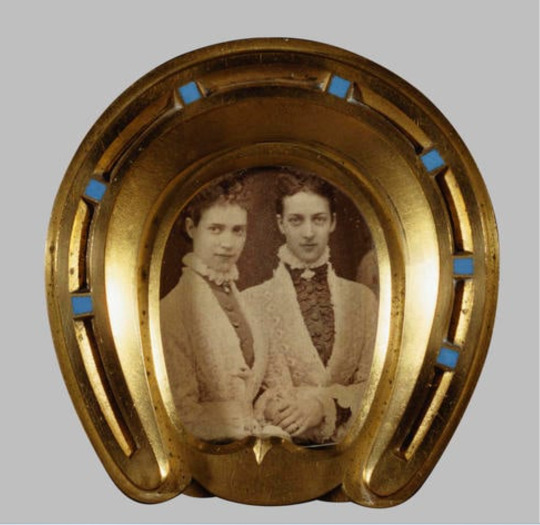

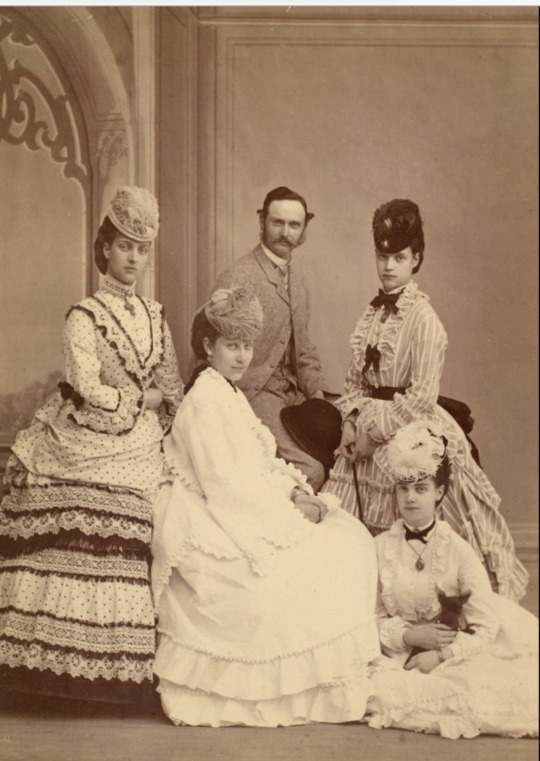


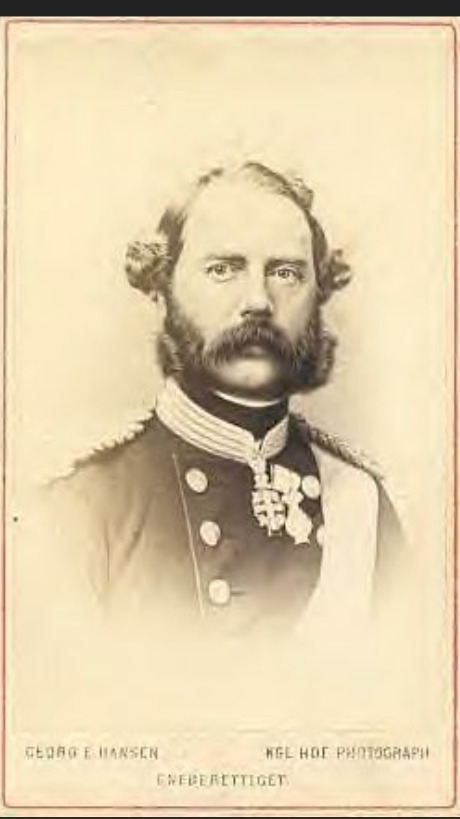
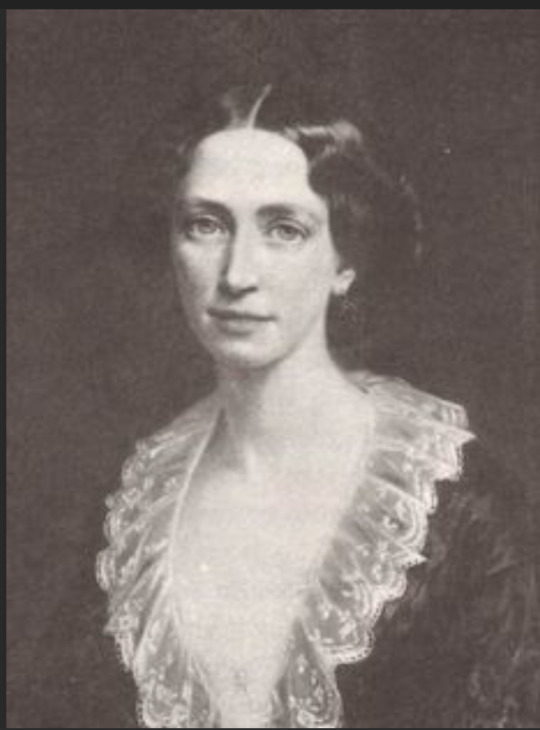
Photographs: 1. Alexandra and her younger sister Dagmar; 2. The Danish Royal Family: From left to right: Dagmar (Marie Feodorovna), the little one by Dagmar's knee should be Prince Valdemar, the youngest; standing in back of the child, the oldest male, future King Frederick VIII; King Christian the IX is in the middle, standing in back of his wife Louise; standing by Louise is Princess Thyra; next to Thyra is the future Queen Alexandra; standing in the back, between Thyra and Alexandra, is George, the future King of the Helenes; 3. In this picture, a very beautiful Princess Alexandra; sitting by her is Princess Lovisa of Sweden, the wife of Frederick, who is standing by her; next to Frederick is Dagmar, and sitting on the floor holding a little dog is Thyra; 4. Christian IX 5. Queen Louise; 6. Christian IX 7. Queen Louise
The Danish Royal Family
King Christian IX of Denmark (1818 - 1906) and Queen Louise of Denmark (1817 - 1898) nee Louise of Hesse-Kessel and their children
This Wednesday, a little love for the Danish Royal Family, who gave us Queen Alexandra of England, one of the most beautiful queens to sit on a throne since photography was created (no makeup, Botox, fillers, plastic surgery), and her sister, Empress Maria Feodorovna (Princess Dagmar of Denmark) one of the prettiest and most beloved Empresses of all the Russias.
So where did all that beauty come from? Most of us have seen photographs of Christian IX and Queen Louise in their older years. At least I had not seen them young. I looked for some photos, and I am including them here. Both of them were good-looking. Louise had a pretty face and beautiful eyes. And so did Christian! He was not bad-looking at all, tall and slim. The little cleft on Alexandra's chin apparently came from her father. The girls had good genes.
The House of Glücksburg, to which Christian IX and Queen Louise belonged, is a collateral branch of the German House of Oldenburg. Its members have reigned at various times in Denmark, Norway, Sweden, Iceland, Greece, and several northern German states.
King Christian IX and Queen Louise were double cousins. King Christian was called the "father-in-law of Europe" on account of the marriage of his children to foreign princes and princesses.
Current monarchs King Charles III of the United Kingdom, Queen Margrethe II of Denmark, and King Harald V of Norway, as well as former queens consort Ann Marie of Greece and Sofia of Spain, are patrilineal members of cadet branches of the House of Glücksburg. (gcl)
#romanov dynasty#danish royal family#Queen Louise of denmark#Louise of Hesse-Kessel#King Christian IX of Denmark#Princess Alexandra of Denmark#Princess Dagmar of Denmark#Princess Lovisa of Sweden and Norway#Thyra#Crown Princess of Hanover
19 notes
·
View notes
Text

The Accused - Mini Plot Drop 2
With the interrogations underway and weeks counting down until The Tribunal begins, an official dossier of the criminals accused has been released to the public. Up until this point, the criminals at hand had yet to be linked to their specific crimes. However, through the determination of litigators for the upcoming Tribunal, the below information has been uncovered:
Duke Gabriel Cuvelier (from France) - Age 62, former advisor to the French King, accused of ordering the hits against The King of Ethiopia & both Scottish rulers (and personally funding the assassinations). Refuses to give any information other than the simple statement - “It is not yet over.”
Duchess Adele Cuvelier (from France) - Age 59, wife to Duke Gabriel, Close comrade and confidante of Prime Minister Nicolette. suspected of being the lead organizer of the reckoning attack at lal qila. May be responsible for a number of ordered hits.
Apolline Lefrancois (from France/now Florence) - Age 30, former lady-in-waiting to the Queen of France until marrying years ago & moving to Florence, suspected of being the assassin responsible for the death of the Dowager Queen of Ethiopia. Her husband cannot be located & their Florence residency seems abandoned, though signs show that the King of Norway (oldenburg) may have been held there for a time.
Sabino Montez (from unknown/believed to be Spain) - Age 55, a new cook for the royal Ortiz court, arrested upon arrival in Brazil. Accused of the poisoning & murder of Queen Martina Bonaparte, evidence of correspondence with both French & German rebellion leaders, and evidence of involvement in the reckoning. Is a known loyalist of the Ortiz reign and has been suggested to have ties with the French rebellion leaders.
Takuda Toshiko (from Japan/Hong Kong) - Age 32, distant cousin to Emperor Kaito, suspected of involvement in the assassination of the former German King (pre-Elias reign), believed to be the assassin. Former resident of Hong Kong and known dinner guest of the Viceregal. Evidence points to a spy in the Japanese court still working for Takuda due to recent correspondence written in extensive code from the Toshiko court.
Madhavan Parkash (from India) - Age 40, former financial advisor to the Empresses of India, evidence romantically links them to 1 or more of the Empress’ lovers, suspected to have been behind the poisoning of the Sharma line. Possible involvement in the attack on Thailand’s heirs based on correspondence with Madagascar.
Rishabh Sundar (from India) - Age 29, evidence found to associate them with Takuda Toshiko, believed they are in a relationship. Suspected involvement in the attacks on Germany, may have been involved in the German Tribunal tampering with evidence.
Peter Herrmann (from Germany and/or Scotland) - Age 51, former groundskeeper for the Stuart's in Scotland, had been working in Germany once more before the attack on the Scottish rulers, evidence suggests they were largely involved in the reckoning. Likely to have been involved in both Scotland’s & Germany’s tragedies.
Lao Patalung (From Thailand/now Madagascar possibly): Age 62, former governess to the Thai King & sibling as children. New evidence places them as the last person to visit the deceased heir’s nursery before their untimely passing. Recent ledgers show payments from the Rakotoson’s accounts into their personal accounts, and evidence supports their residency in Madagascar for the last year.
Pascal Rakotoson (From Madagascar): Age 43, Former royal advisor to King Mendrika & the Ratsifi family until banished for the misuse of the royal bank. Since their banishment, Pascal was sighted in both Thailand and Japan courts at the time of attack on their royal families, and is believed to be involved in both.
Kaiden Nelson (From Cardiff): Age 22, soldier for the Scottish army and trained under Commander Cailean for a time. Has since turned into the “golden boy” of the Scottish rebellion. Evidence found of large sums paid to foreign mercenaries, tied directly to the death of the King and Queen of Scotland.
Meryem Aydin (From Turkey/now China): Age 68, Long-time mistress to the former Sultan of Turkey (pre-Rahmi’s reign) and figurehead of Turkish court. Disappeared shortly after Rahmi’s trial began, only to reinvent herself under a false name in Chinese court. Confessed to falsifying evidence against Shah Khan of Persia to spearhead the order of his death. However, her confession appears too convenient to be trusted.
While some mysteries remain, including why they had gathered in Russia & what they were planning there, the information in the report is generally considered to be believed, though some may know that not all accusations are true…
OOC INFO
Feel free to headcanon connections your characters have to the npcs, but please just let the admin team know of any significant connection so it be used for future drops!
If you want to be included in a larger plot, have any ideas for the npcs, or want to discuss ideas on mini plot drops related to new, member-driven information, reach out and let’s talk!
If your character has a secret related to the reckoning you want to play with or have revealed, please reach out so we can link an npc to your character. We are very open to suggestions for progression if you have ideas!
As always, these mini plot drops are entirely designed to be interacted with at your own pace! If your character is not politically inclined nor following closely the tribunal, that is perfectly fine! This is purely to provide character building & contextual information for those who enjoy this type of gameplay.
Enjoy!
6 notes
·
View notes
Text

Frederick V, King of Denmark (1723-1766)
Artist: David Morier (Swiss-born British, 1705?-1770)
Date: c. 1745-1751
Medium: Oil on canvas
Collection: Royal Collection Trust, United Kingdom
Frederick V of Denmark
Frederick V (Danish and Norwegian: Frederik V; 31 March 1723 – 14 January 1766) was King of Denmark and Norway and Duke of Schleswig-Holstein from 6 August 1746 until his death in 1766. A member of the House of Oldenburg, he was the son of Christian VI of Denmark and Sophie Magdalene of Brandenburg-Kulmbach.
#painting#equestrian portrait#oil on canvas#frederick v#king of denmark and norway#danish history#danish royal family#duke of scheleswig-holstein#house of oldenburg#landscape#horses#soldiers#men#costume#british culture#british art#oil painting#artwork#fine art#david morier#british painter#european art#18th century painting#royal collection trust
13 notes
·
View notes
Text

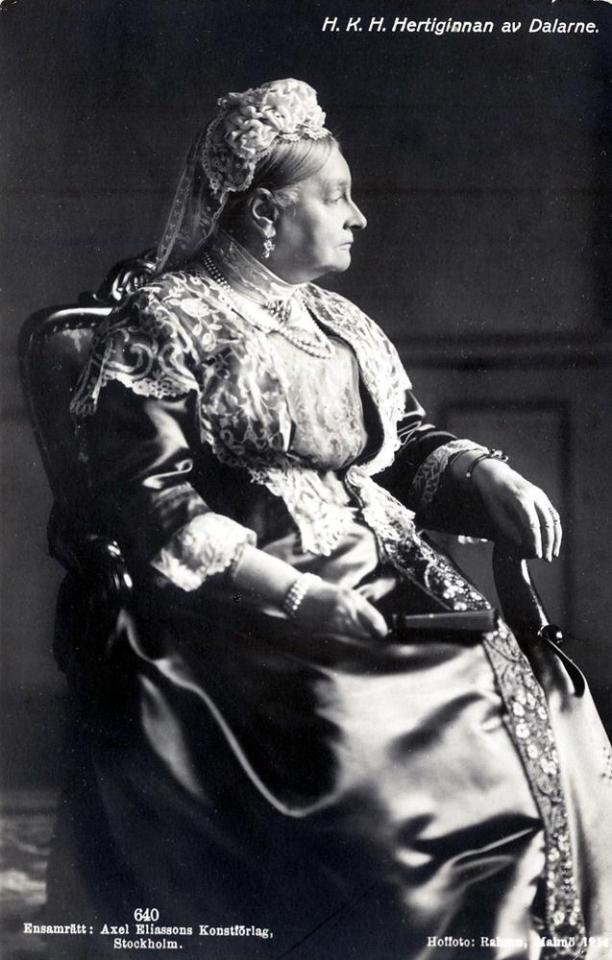
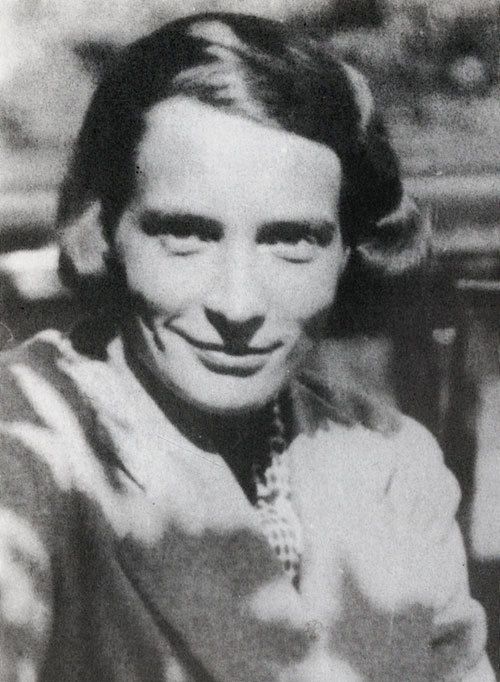
Royal Birthdays for today, December 21st
Amalia of Oldenburg, Queen of Greece, 1818
Therese of Saxe-Altenburg, Duchess of Dalarna, 1836
Irina Pavlovna Paley, Russian Royal, 1903
#Therese of Saxe-Altenburg#amalia of oldenburg#irina paley#Irina Pavlovna#Irina Pavlovna paley#long live the queue#royal birthdays
10 notes
·
View notes
Text
The Family <3




emperor Franz Joseph Of Austria And King Of Hungary (1816-1905)
age: 35
height: 6’4
birthday: 18th august
early life:
Franz Joseph was born on 18 August 1816 in the Schönbrunn Palace in Vienna (on the 65th anniversary of the death of Francis of Lorraine) as the eldest son of Archduke Franz Karl (the younger son of Francis I), and his wife Sophie, Princess of Bavaria. Because his uncle, reigning from 1835 as the Emperor Ferdinand, was disabled by seizures, and his father unambitious and retiring, the mother of the young Archduke "Franzi" brought him up as a future emperor, with emphasis on devotion, responsibility and diligence.

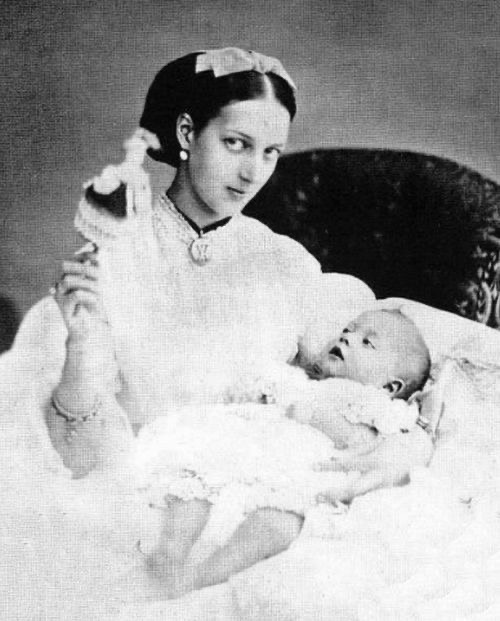
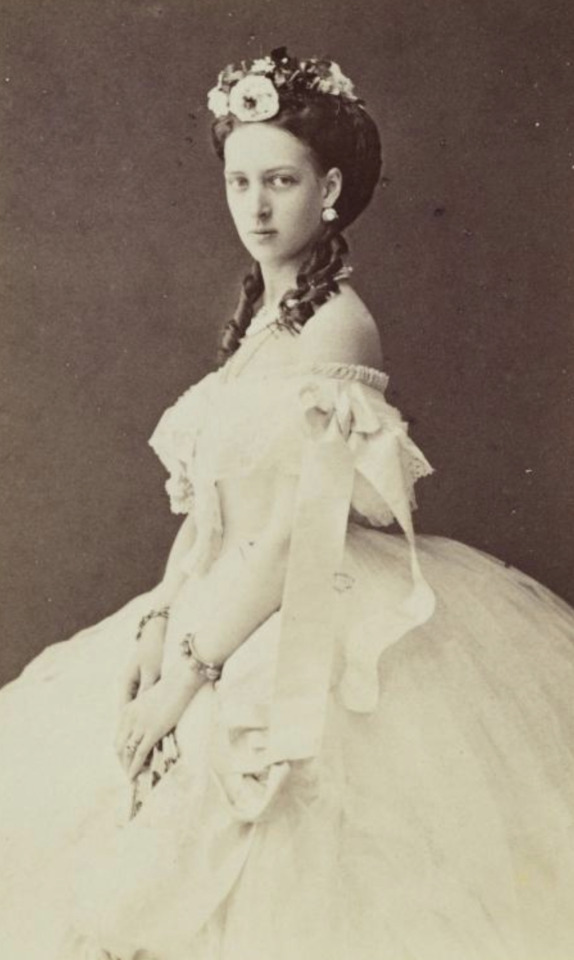
Empress Alexandra Of Austria, Queen Of Hungary (1816-1907)
age: 35
height: 5’10
birthday: 8th March
Early Life:
Princess Alexandra Caroline Marie Charlotte Louise Julia, or "Alix", as her immediate family knew her, was born at the Yellow Palace, an 18th-century town house at 18 Amaliegade, immediately adjacent to the Amalienborg Palacecomplex in Copenhagen.[1] Her father was Prince Christian of Schleswig-Holstein-Sonderburg-Glücksburg and her mother was Princess Louise of Hesse-Kassel.[2] She had five siblings: Frederick, William (later George I of Greece), Dagmar (later Empress of Russia), Thyra and Valdemar.
Her father's family was a distant cadet branch of the Danish royal House of Oldenburg, which was descended from King Christian III. Although they were of royal blood,[a] the family lived a comparatively modest life. They did not possess great wealth; her father's income from an army commission was about £800 per year and their house was a rent-free grace and favour property. Occasionally, Hans Christian Andersen was invited to call and tell the children stories before bedtime.
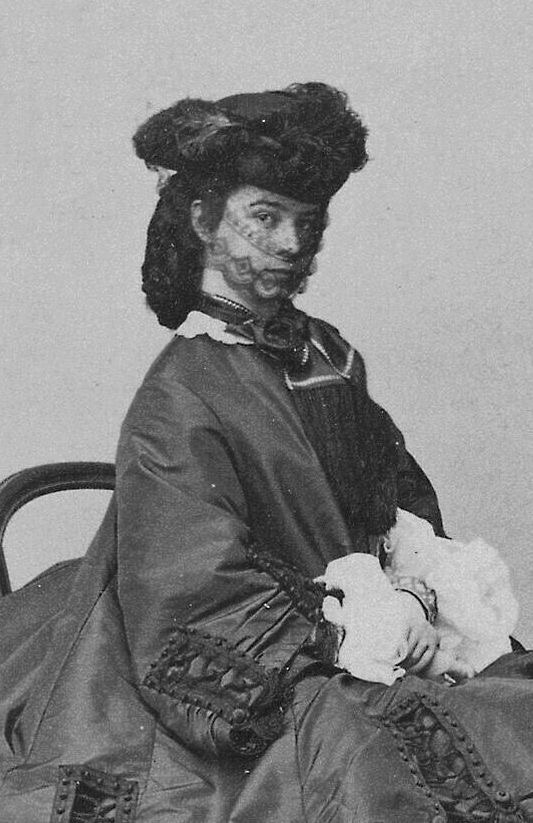
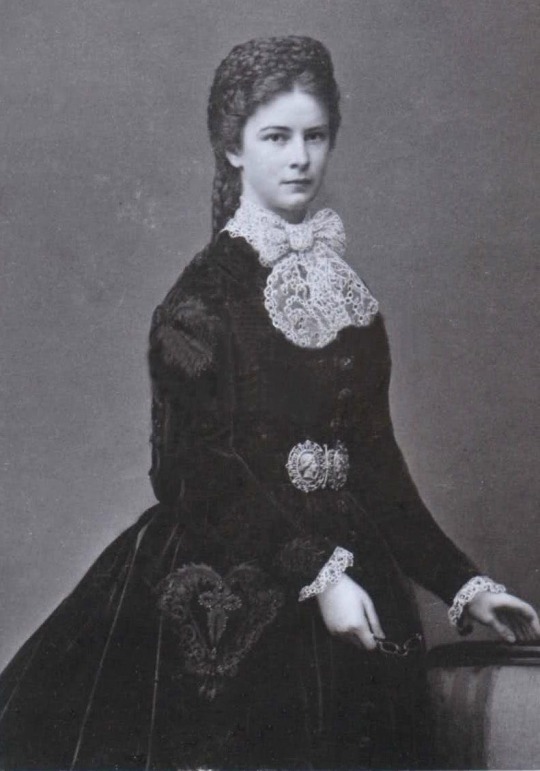
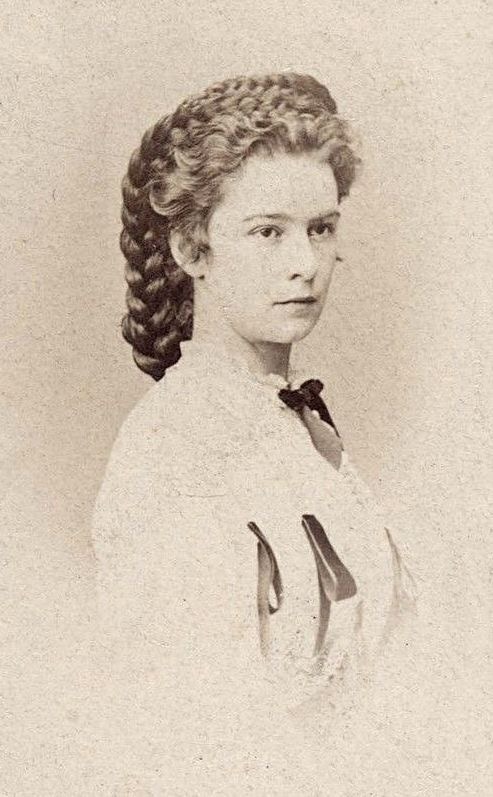

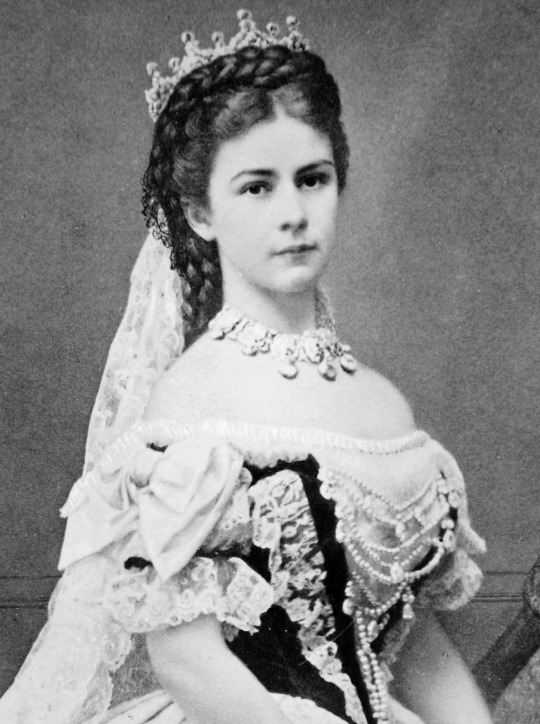
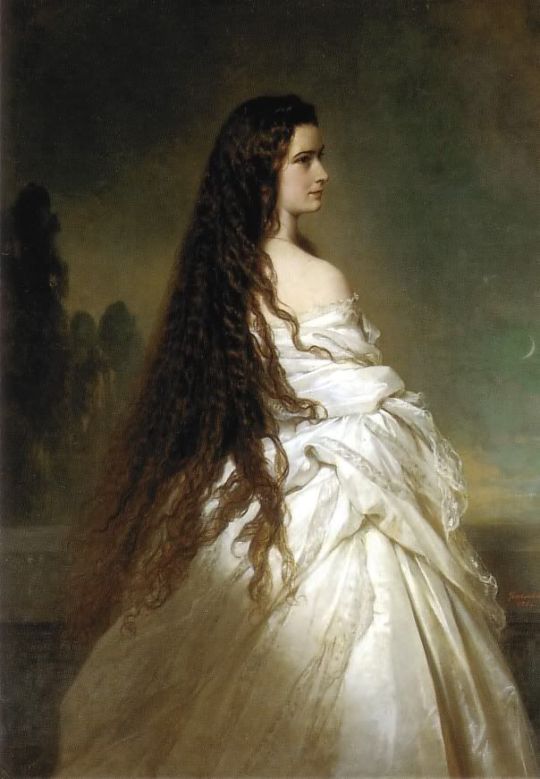
GrandDuchess Elisabeth Of Austria, Later Empress Of Austria And Queen Of Hungary at 19 Years old (1837-1927)
age: 14-15
height: 5’8
birthday: 24th December


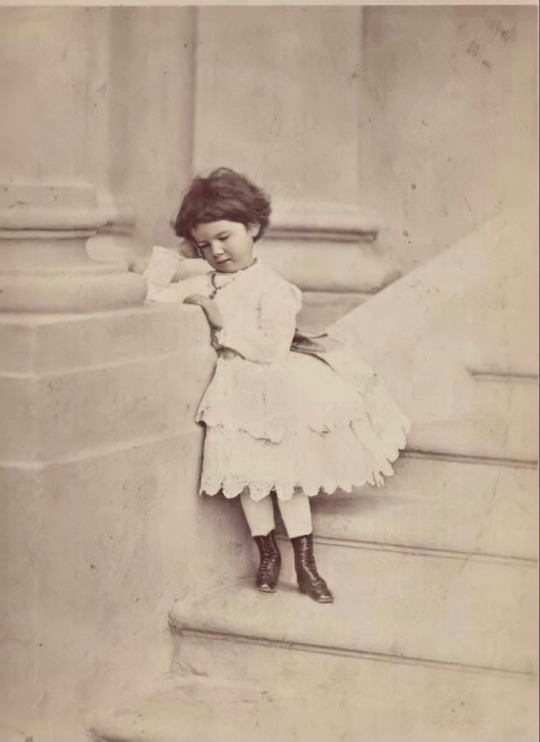
Marie Valerie (1840-1943) lmao Valerie lived a long time
Height: 5’3
age: 10
birthday: 24th april
7 notes
·
View notes